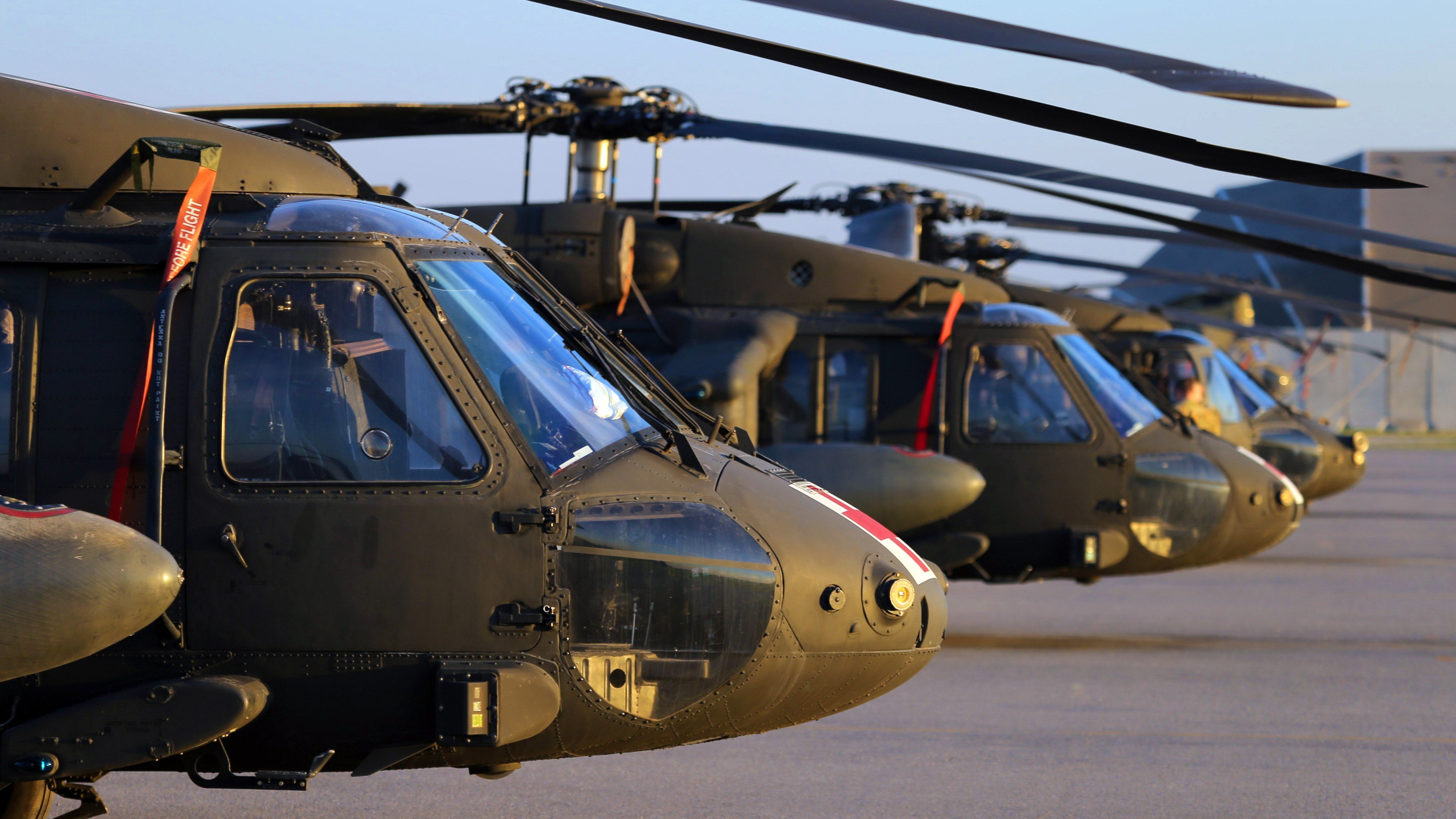Delayed Army Funding Creates Adverse Effects
Delayed Army Funding Creates Adverse Effects

Without proper and timely funding, the Army will face “severe impacts” to its ability to take care of soldiers and their families, remain ready to respond to contingencies and support its modernization efforts, a senior leader told a congressional committee on Jan. 12.
Testifying before a House appropriations subcommittee, Army Vice Chief of Staff Gen. Joseph Martin said, “Readiness is fragile,” and advocated for “timely, adequate, predictable and sustained funding. Who knows what tomorrow will bring?”
Martin and other military leaders appealed to members of the defense funding panel to avoid a yearlong continuing resolution—a temporary funding measure that caps spending at last year’s levels and prohibits the services from starting any new programs.
For fiscal 2022, which began Oct. 1, the military is operating under a continuing resolution that expires Feb. 18.
Limited funding for a full fiscal year “would adversely affect our soldiers, our readiness, our modernization programs and our infrastructure improvement efforts,” Martin said.
It also harms the Army’s ability to keep up with potential adversaries and “impacts our ability to compete today and compete tomorrow,” he said.
Since fiscal 2010, the military has started all but one fiscal year under a continuing resolution, Martin testified.
Under a yearlong continuing resolution, the total impact to the Army could be as high as $12.9 billion, Martin said. That figure includes misaligned funds at $9.2 billion, up to $1.1 billion in military pay challenges, and $2.6 billion in impacts across 147 programs and projects, including modernization and military construction and family housing projects.
Among other impacts, the Army wouldn’t be able to start 71 new modernization programs and be forced to delay 29 procurement programs, Martin said.
Aviation readiness would suffer because of reduced flying hours, soldiers’ professional military education could be delayed, initial training for a quarter of the second lieutenants coming into the Army from ROTC would be delayed, and the Army faces a $10.2 million reduction in funding for basic combat training, he said.
The delays and disruptions create a “compounding effect” that will likely disrupt the Army’s ability to sustain readiness and achieve its modernization goals, Martin said. Additional challenges include “emerging, unfinanced missions such as COVID-19,” he said.
“Taken together, these factors create a cumulative impact that will be difficult to overcome,” Martin said.
The threat of a yearlong continuing resolution concerns the Association of the U.S. Army. On Jan. 11, AUSA joined with 10 other groups to appeal to Congress to pass on-time funding for national security and defense programs.
In addition to deferring the start of any new programs or projects, under a continuing resolution “funds are misaligned between military services and programs, as activities naturally fluctuate year to year and CRs do not accommodate those changes,” says the joint letter addressed to Democratic and Republican leaders in the Senate and House of Representatives.
The services also are “forced to reduce necessary readiness activities” to pay for cost-of-living and pay and benefits increases. Temporary funding also impacts the defense industry with “seemingly endless stop-and-start contract cycles, creating inefficiency and disruption,” the letter says.
“It would be a devastating signal to send to our warfighters, their families, our allies and partners, and the dedicated industries that support them, if Congress cannot provide adequate funding for FY22 in a timely fashion,” the letter says.
Read the full letter here.

